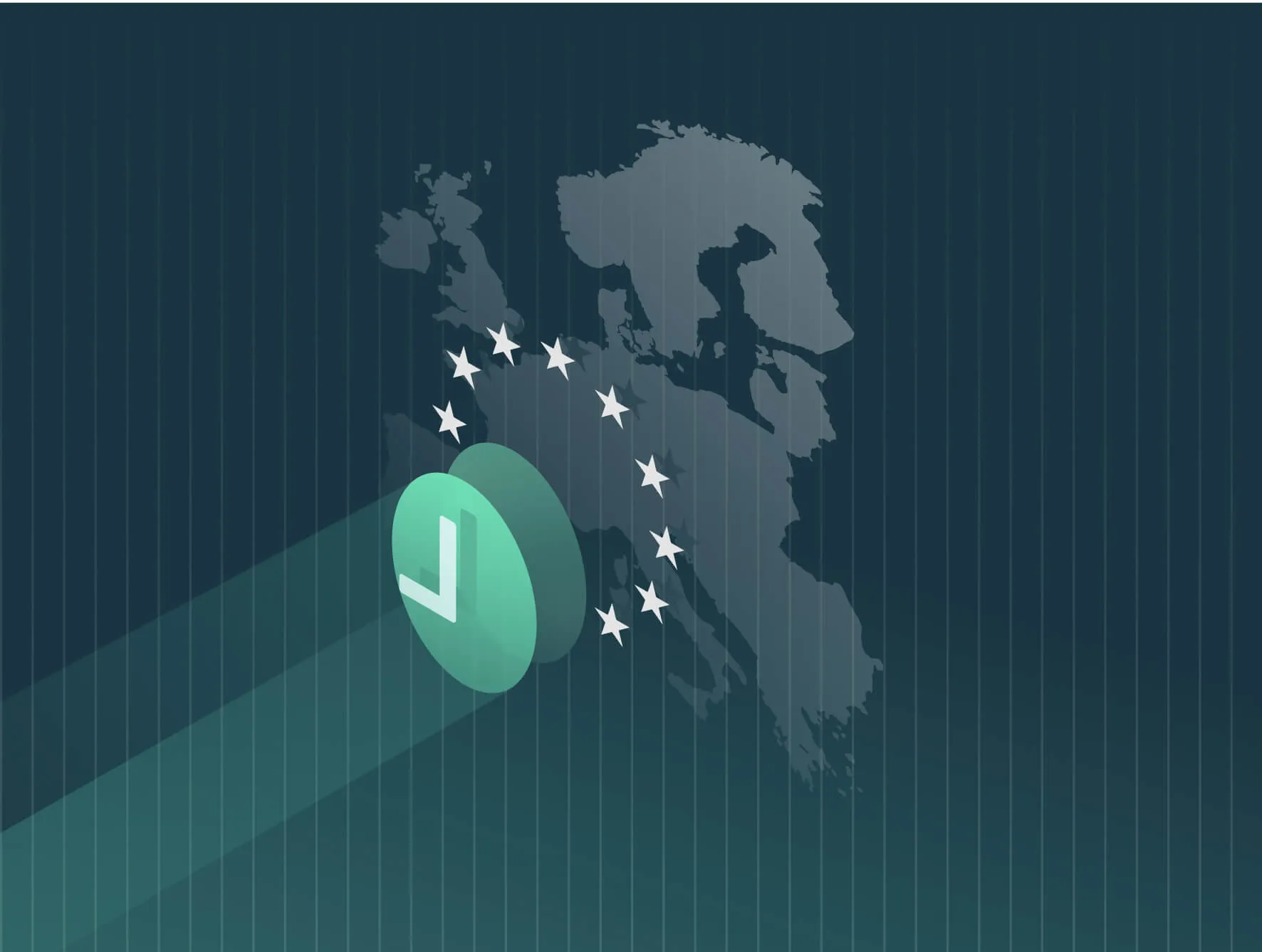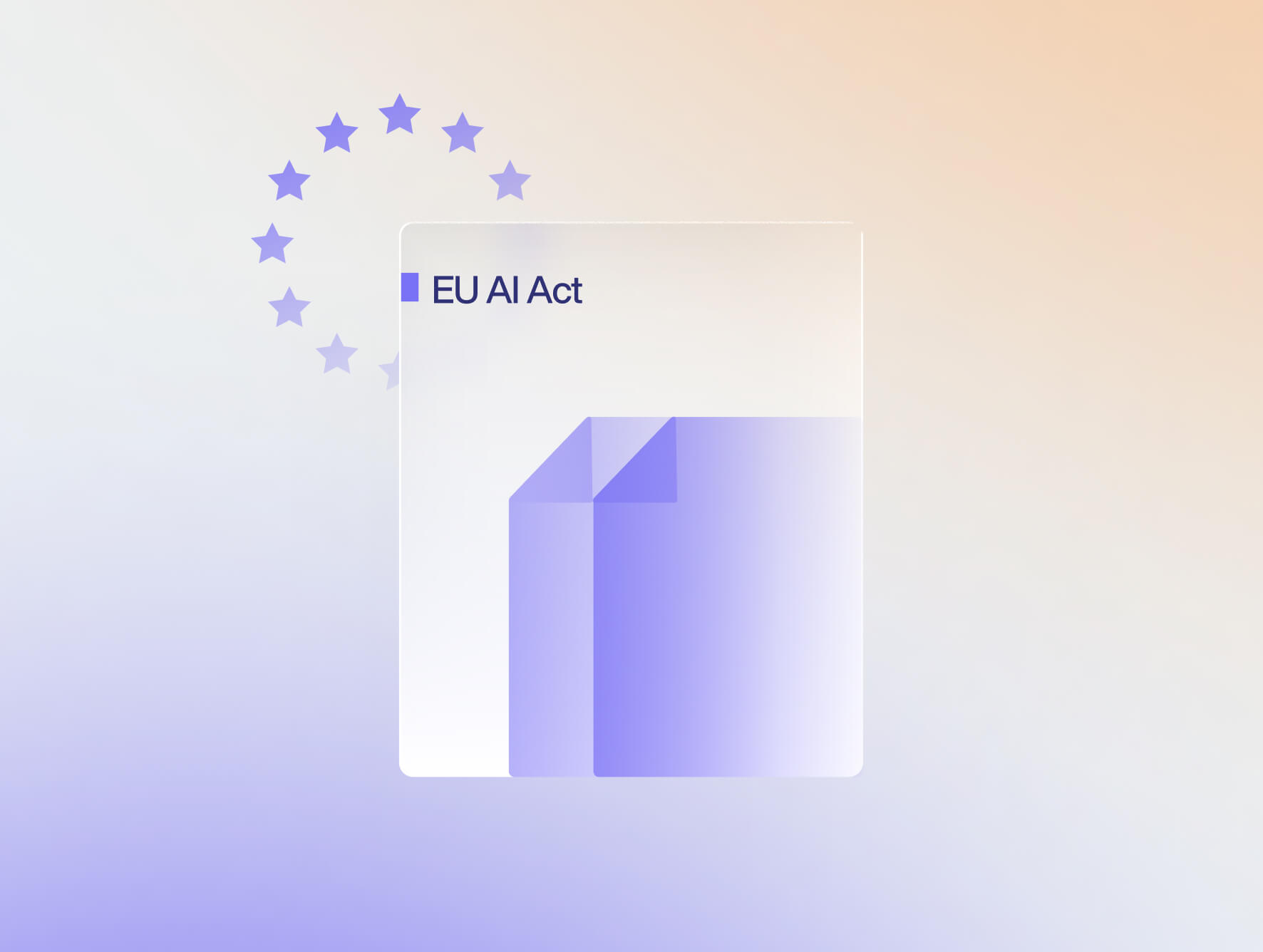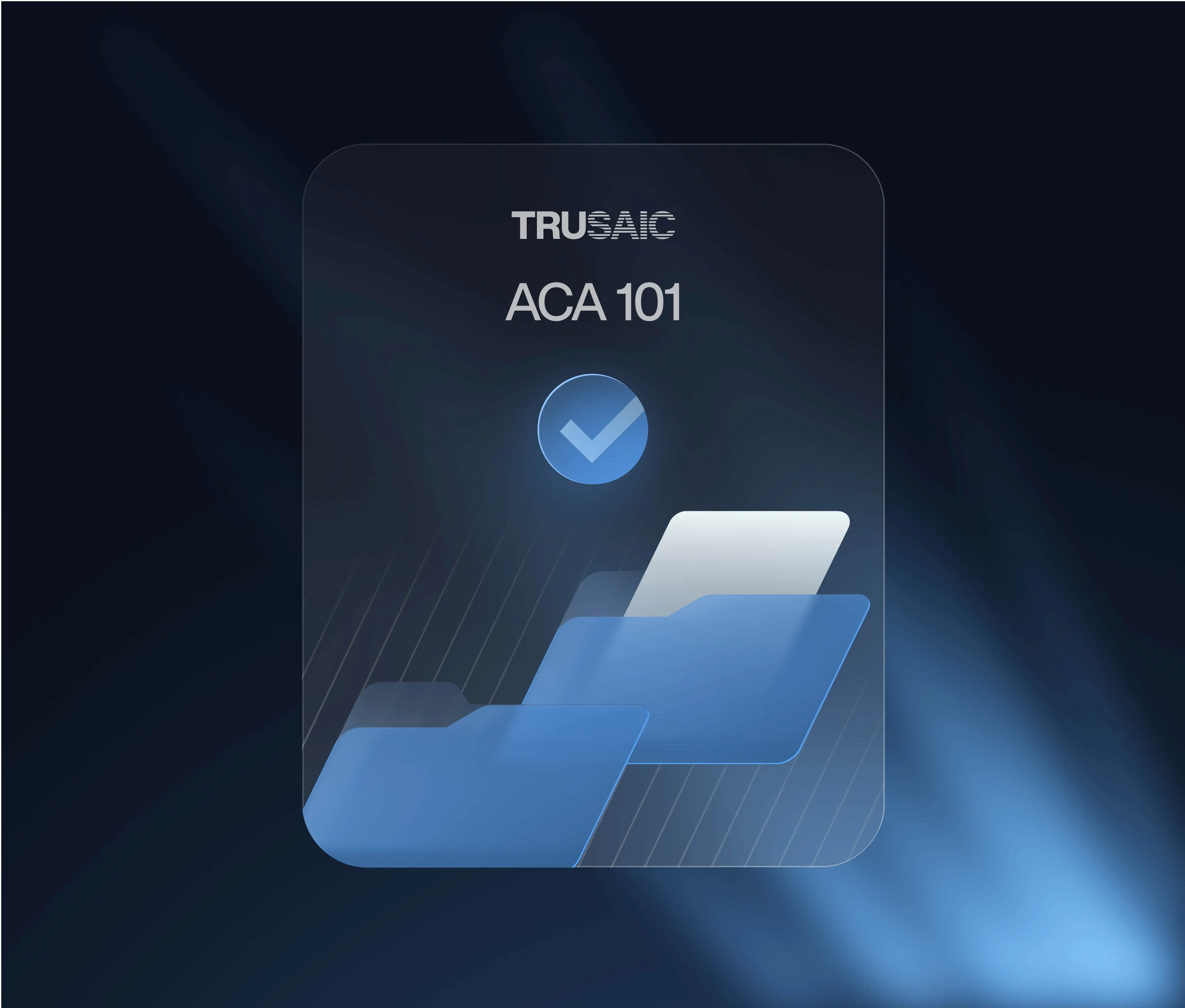On June 27, 2025, Malta published Legal Notice 112 of 2025, marking its first formal move toward transposing the EU Pay Transparency Directive (EUPTD) into national law. The new provisions will come into force on Aug. 27, 2025.
While Malta has long enshrined the principle of equal pay for equal work under Article 27 of the Employment and Industrial Relations Act, the EU Directive introduces specific rights and obligations that expand employer responsibilities and employee protections. Legal Notice 112 represents the beginning of that expansion and sets the tone for further compliance steps leading up to the Directive’s June 7, 2026 transposition deadline.
Key Updates Under Legal Notice 112 of 2025
Pre-employment Pay Transparency Requirements
Starting August 27, 2025, employers in Malta will be required to provide the following information to job applicants before the commencement of employment:
- The initial pay or pay range applicable to the position.
- Where applicable, the relevant pay provisions of the collective agreement that apply to the role.
These measures reflect the EU Directive’s focus on ensuring applicants have access to salary expectations upfront, helping to eliminate asymmetries in wage negotiations that often contribute to gender pay gaps.
Right to Pay Level Information During Employment
The Legal Notice also grants employees the right to request, in writing, the following information at any point during their employment:
- Their individual pay level (defined as gross annual and hourly pay).
- The pay levels for categories of workers performing the same work.
Employers must respond to these requests within a “reasonable period” that does not exceed two months. This provision aligns with the Directive’s broader right to information but imposes a narrower standard by restricting comparisons to “same work” rather than “same or work of equal value,” as defined in the EUPTD.
Notable Limitations
While Legal Notice 112 of 2025 introduces key components of the Directive, it does not yet address several central EUPTD requirements, such as:
- The obligation to report pay gap metrics at the organizational level.
- The 5% adjusted pay gap threshold that could trigger a Joint Pay Assessment.
- Requirements related to gender-neutral job evaluations and pay systems.
Further legislative instruments are expected as Malta works toward full implementation of the Directive by June 2026.
What Employers Should Do Now
Although Malta has taken only a partial step toward full transposition, employers should begin preparing for the broader obligations that are likely to follow. This includes:
- Auditing current recruitment practices to ensure initial pay and collective agreement terms can be communicated transparently to candidates.
- Establishing internal systems to track and disclose individual pay levels and comparable worker data.
- Reviewing compensation structures to ensure alignment with equal pay principles, anticipating more expansive requirements around work of equal value.
How Trusaic Can Help
At Trusaic, our solutions help global organizations navigate the evolving regulatory landscape.
Our Pay Equity Software Suite enables compliant pay systems, ensures gender-neutral job evaluations, and automates complex reporting obligations to keep you one step ahead of EU pay transparency enforcement.
- PayParity® analyzes your rewards data (compensation/benefits in kind) and quickly identifies inequities to determine if your adjusted gender pay gap is above 5%. It enables you to easily comply with Article 7 (right to information) and Article 6 requirements (pay setting and progression policy).
- Our Remediation Optimization Spend Agent (R.O.S.A.) works as PayParity’s AI remediation partner to find the most cost-effective way to close nominal pay gaps above 5% to ensure compliance.
- Salary Range Finder ensures equitable pay at the point of hire to prevent your pay gap from rising above 5% and enables you to easily comply with the Directive’s salary range disclosure and salary history ban requirements.
- Regulatory Pay Transparency Reporting™ captures your pay equity findings and generates compliant, one-click reports across all EU jurisdictions.
- Our Pay Transparency Agent answers all your pay transparency reporting questions instantly
- Our Communications Agent crafts perfect contextual narratives in any EU language to support your annual pay reports.
Trusaic is GDPR compliant and can assist any organization in any EU state in meeting its obligations under both the EU Corporate Sustainability Reporting Directive and the EU Pay Transparency Directive.
Visit our always updated Member State Transposition Monitor to stay on top of the latest EU Pay Transparency Directive developments.








